Remember when weddings followed a predictable script that everyone knew by heart? Long before Pinterest boards and wedding planners transformed nuptials into personalized extravaganzas, ceremonies and receptions adhered to time-honored traditions that created a shared experience across generations. Those cherished customs—many dating back to our parents’ and grandparents’ eras—have evolved dramatically or disappeared entirely in today’s wedding landscape.
1. Formal Newspaper Announcements

Long before social media reveals and elaborate engagement photoshoots, a proper wedding began with a formal announcement in the local newspaper. Families would visit the newspaper office to submit carefully worded notices that followed strict etiquette guidelines, often including the couple’s educational backgrounds, parents’ names, and the groom’s occupation. These announcements represented a public declaration of commitment and served as the community’s formal introduction to the upcoming union. Literary Hub further explores this matrimonial trend that used to bedeck newspapers decades past.
The newspaper announcement was considered so essential that families would clip and save these notices in scrapbooks, sending copies to distant relatives who couldn’t attend the ceremony. Many brides-to-be experienced the thrill of seeing their engagement in print, with the most socially prominent families securing prime placement in Sunday editions. The carefully crafted language of these announcements followed formulas passed down through generations: “Mr. and Mrs. Harold Jenkins announce the engagement of their daughter, Elizabeth Anne, to Robert James Wilson, son of Dr. and Mrs. Thomas Wilson…”
2. Registry at the Local Department Store
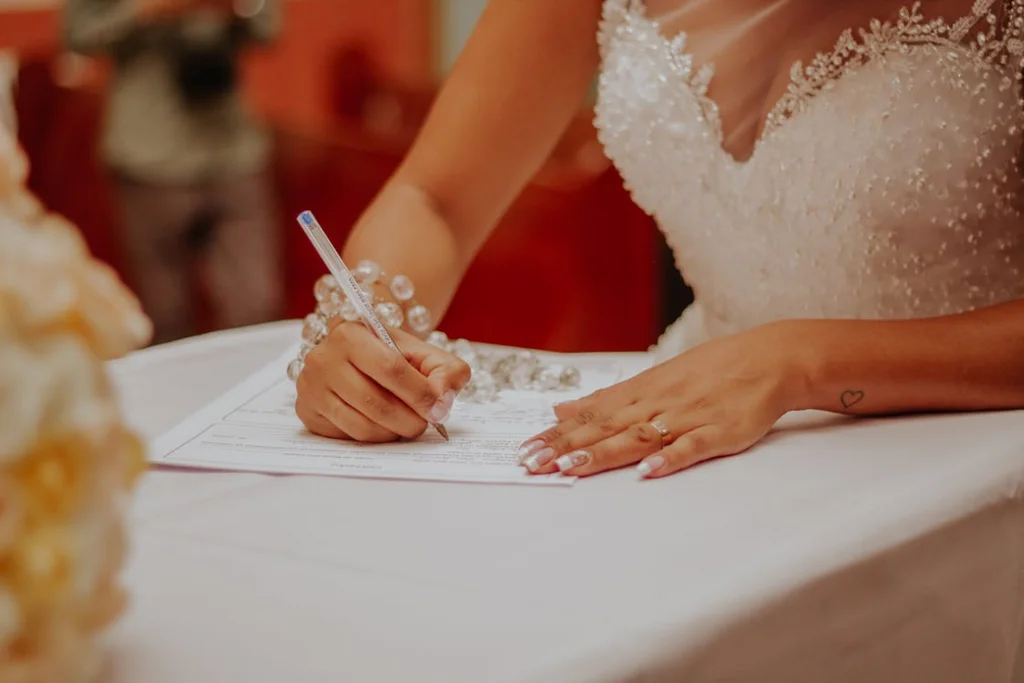
Before online registries spanning multiple retailers, engaged couples would visit the china department of their local department store to select patterns that would become family heirlooms. The bride and her mother would spend afternoons with a patient sales associate, carefully considering sterling silver patterns, formal china settings, and crystal stemware that represented significant investments in the couple’s future entertaining. The department store registry was a rite of passage where brides received guidance on selecting items that would see them through decades of family gatherings and holiday meals. For those who still want to take this approach, WeddingWire offers some advice for making it happen in a modern setting.
Registry appointments often included tea or refreshments as the bride made selections that reflected her future homemaking aspirations, with registry consultants offering wisdom about which pieces would prove most useful over a lifetime. The local store would maintain a handwritten registry book where friends and family would visit in person to select gifts, often consulting with salespeople who knew the couple’s preferences intimately. Many brides from this era still cherish their complete sets of Lenox china or Gorham silver, tangible reminders of community support that launched their married lives with beautiful items made to last generations.
3. Church Parish Halls for Receptions

Before destination weddings and luxurious venue packages, most reception celebrations took place in the church parish hall or community center, decorated by family members with crepe paper streamers and fresh flowers from neighborhood gardens. These modest venues reflected the community-centered nature of weddings, where congregations and neighbors pitched in to transform utilitarian spaces into festive settings for celebrating new unions. The simplicity of these receptions placed emphasis on community gathering rather than elaborate décor, with focus on the marriage itself rather than Instagram-worthy details. WeddingWire discusses the benefits to consider when choosing a church as the venue.
Women of the church or community would often form committees to prepare reception food, with tried-and-true punch recipes, finger sandwiches, and sheet cakes serving as standard reception fare across middle-class America. Young cousins or church youth group members would be recruited as servers, earning a few dollars while learning the social graces required for formal occasions. The practical limitations of these spaces—concrete floors, folding chairs, and basic kitchens—created a shared wedding experience that crossed economic boundaries, with even well-to-do families often choosing community spaces over commercial venues.
4. Receiving Lines

Once considered an absolute necessity at any properly conducted wedding, the formal receiving line provided a structured opportunity for every guest to personally greet the newly married couple and both sets of parents. Guests would patiently queue, sometimes for up to an hour, moving slowly past each member of the wedding party to offer congratulations and make a brief personal connection before proceeding to the celebration. These deliberate interactions ensured that no guest went unacknowledged, reflecting a time when formality and proper social exchange were valued above convenience or entertainment.
The receiving line served as a clear transition between ceremony and celebration, with strict protocols about order (bride’s parents first, then the newlyweds, followed by the groom’s parents) and proper conversation length. Young people learned valuable social skills by navigating these exchanges, from proper handshakes to the art of brief but meaningful congratulatory remarks. Many older adults recall the nervous anticipation of meeting their new in-laws in this public setting, where graciousness under pressure revealed much about character and upbringing.
5. Matching Bridesmaids Dresses Made from Patterns
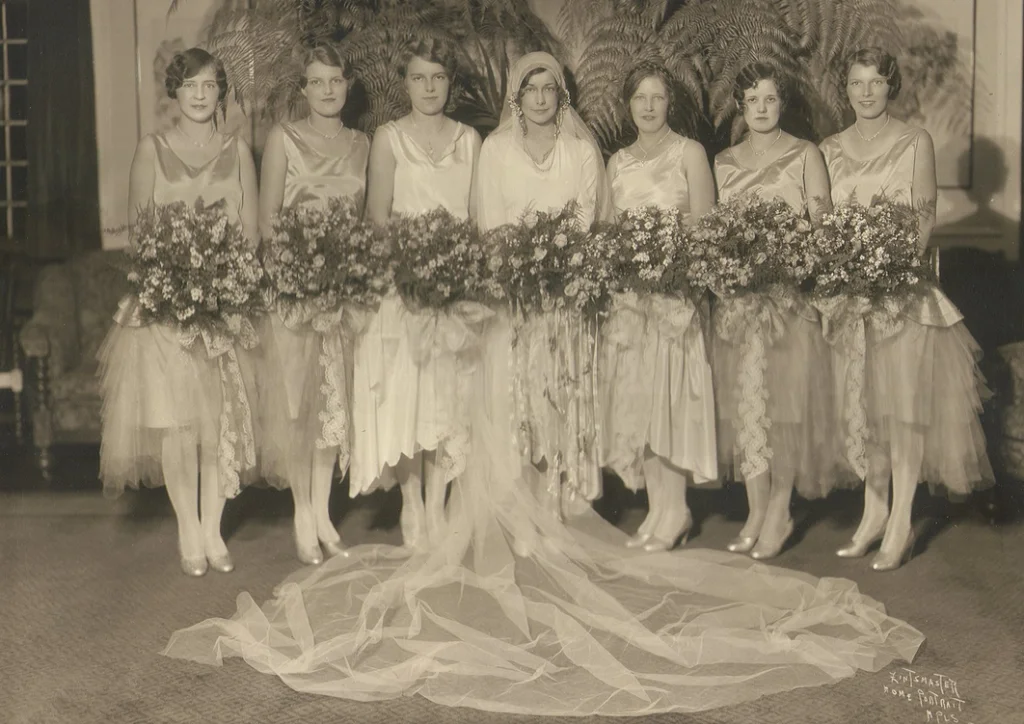
Before bridal boutiques offered coordinated bridal party collections, bridesmaids often wore dresses sewn from identical patterns purchased at the local fabric store, with the bride and her attendants spending afternoons selecting patterns and materials. Mothers and aunts with sewing skills would produce identical dresses, sometimes working together during “sewing circles” where wedding preparations merged with social bonding. These homemade ensembles represented significant time investments and personal touches impossible to replicate with store-bought attire.
The pattern-selection process itself became a cherished pre-wedding ritual, with considerations about which styles would flatter various body types and which fabrics would be appropriate for the season and formality level. Many women still possess the pattern envelopes from weddings they participated in, tucked away in memory boxes alongside dried flowers and wedding programs. The practical skills involved—measuring, fitting, and adjusting garments—reflected an era when domestic abilities were highly valued and sewing knowledge was passed down through generations.
6. Wedding Breakfasts Instead of Evening Receptions
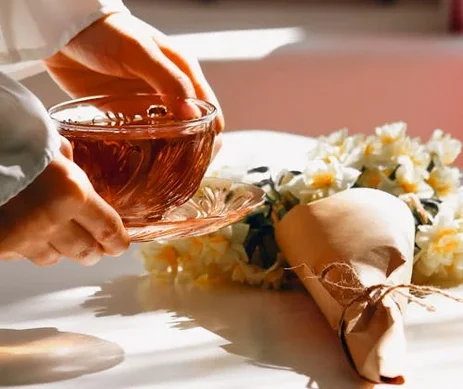
Morning ceremonies followed by wedding breakfasts were once the standard, allowing the couple to depart for their honeymoon by early afternoon rather than celebrating late into the night. These daytime celebrations featured menu items we might find surprising today—orange juice and coffee rather than champagne, and breakfast casseroles instead of dinner entrées. The tradition of morning weddings originated from practical considerations: traveling to the honeymoon destination before nightfall, lower costs for daytime events, and reduced expectations for elaborate alcohol service.
Wedding breakfasts created a distinctly different atmosphere than today’s evening celebrations, with bright natural lighting, fresher guests, and a sense of launching the couple into their first day of married life. The timing aligned with church traditions that encouraged celebrating the sacrament earlier in the day, followed by modest celebrations that emphasized family togetherness over revelry. Many couples who married in this era recall changing into their “going away” outfits while guests prepared to shower them with rice, the entire celebration concluded by early afternoon.
7. Bride’s Family Covering All Wedding Costs

Long before couples maintained wedding spreadsheets and divided expenses between families or paid their own way, tradition firmly dictated that the bride’s family bore full financial responsibility for the wedding and reception. This arrangement stemmed from historical concepts like dowries, with the wedding celebration representing the bride’s family’s contribution to launching the new household. The economic burden this placed on families with daughters created pressure to save for weddings from birth, with many parents maintaining special “wedding funds” throughout their daughters’ childhoods.
The financial framework created clear boundaries around decision-making, with the bride’s mother traditionally serving as de facto wedding planner and having significant input on guest lists, venue selection, and menu choices. Etiquette books outlined the few exceptions where the groom’s family could appropriately contribute—typically limited to the rehearsal dinner, clergy fees, and the marriage license. Many fathers from this era recall the bittersweet mix of pride and financial strain associated with “giving away” their daughters, both emotionally and economically.
8. Formal Wedding Portraits Only
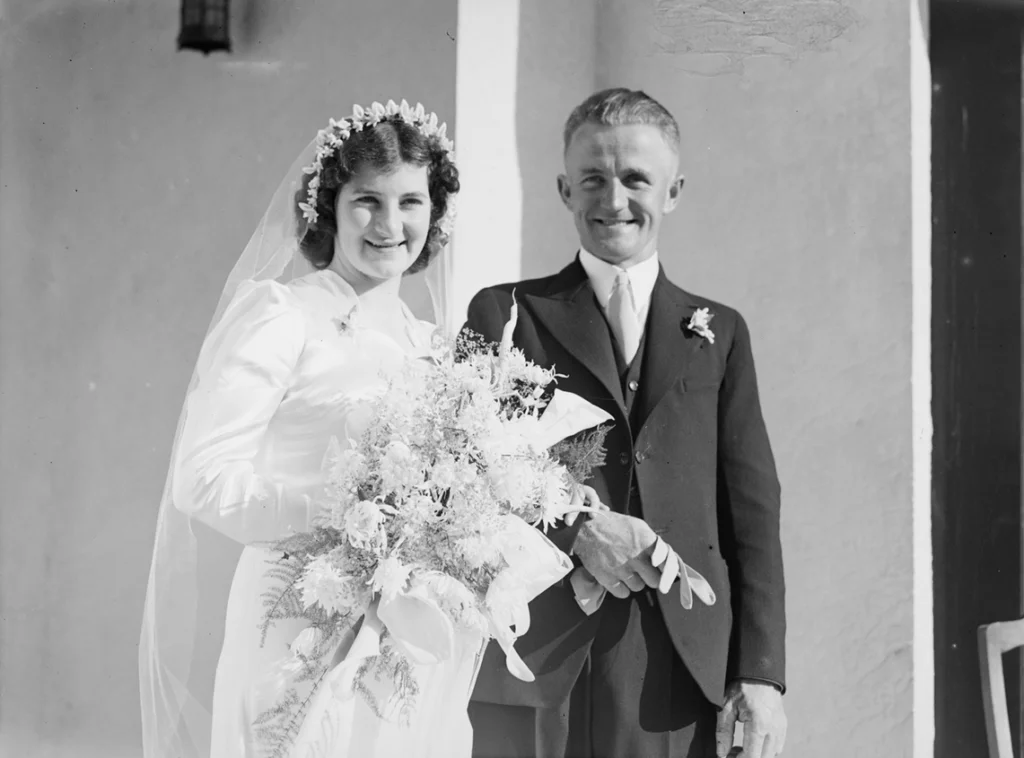
Before cell phones captured candid moments and professional photographers developed photojournalistic styles, wedding photography consisted almost exclusively of posed formal portraits taken before or after the ceremony. Couples would allocate minimal time and budget for photography, expecting perhaps two dozen black-and-white or early color images focusing primarily on the wedding party arranged in formal groupings. These structured photographs documented the milestone without attempting to capture emotional moments or reception activities, which were considered private family experiences rather than events to be documented.
The limited nature of wedding photography meant that each shot required careful consideration, with photographers directing formal poses using medium format cameras that required significant setup time between exposures. Many couples received only a single wedding album containing these formal portraits, and the concept of candid reception photography simply didn’t exist for most middle-class weddings. Families treasure these formal photographs precisely because of their rarity and the careful composition that captures a moment when everyone present had paused to mark the solemnity of the occasion.
9. Honeymoon Destinations Within Driving Distance

Before destination weddings and international honeymoons became common, newlyweds typically selected romantic locations within comfortable driving distance—mountain lodges, lakeside cabins, or seaside hotels that could be reached in a day’s journey. These nearby getaways reflected practical considerations: limited vacation time from work, modest budgets, and the novelty of even short-distance travel in an era when families rarely dined out, let alone took elaborate vacations. The honeymoon marked many couples’ first experience staying in hotels and dining in restaurants for consecutive days.
Popular honeymoon destinations earned reputations as romantic retreats, with some hotels and resorts specifically catering to newlyweds with special packages and amenities designed for couples. The Poconos in Pennsylvania, Niagara Falls, and lake resorts throughout the Midwest developed identities as honeymoon havens, where staff were accustomed to welcoming excited young couples starting their lives together. Many who honeymooned in these nearby locations established traditions of returning for anniversaries, creating lifelong connections to places that marked the beginning of their marriages.
10. Wedding Dinners with Limited Menu Options
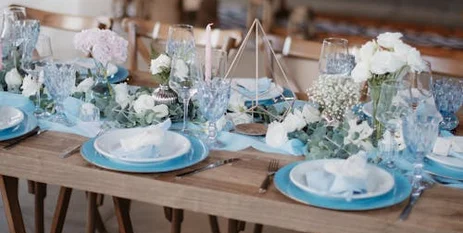
Before custom catering and accommodating dietary preferences, wedding receptions typically offered a single meal option served to all guests, with no consideration of vegetarian needs or food allergies. The standard “chicken or beef” choice represents a relatively recent innovation, as earlier generations simply accepted whatever was served—often chicken à la king, sliced ham, or roast beef prepared by church volunteers or local women known for their cooking abilities. This approach prioritized efficient serving and community traditions over personal preferences.
Reception food focused on what could be prepared in advance and served at room temperature or kept warm in chafing dishes, with elaborate presentations and multiple courses reserved only for the wealthiest families. Many wedding guests from this era recall standard reception menus that varied little from wedding to wedding within the same community—molded gelatin salads, creamed dishes that stretched expensive protein ingredients, and simple cake squares rather than elaborate tiered confections. The predictable nature of these celebrations created comforting familiarity, where attention centered on the significance of the union rather than the uniqueness of the menu.
11. Wedding Gifts Displayed at the Reception

Before online registries and direct shipping, wedding gifts were traditionally displayed at the reception, with cards prominently attached so guests could admire each other’s selections and the couple could associate gifts with givers. Designated wedding party members would be assigned to oversee the gift table, protecting valuable items while directing guests to add their contributions to the growing display. This public presentation of gifts served as a tangible representation of community support for the new household.
The gift display created natural conversation starters as guests admired particularly beautiful or generous offerings, from sterling silver serving pieces to handmade quilts representing hours of skilled labor. Many brides recall the overwhelming emotion of seeing physical evidence of their community’s generosity spread before them during the reception. After the celebration, detailed gift lists would be compiled to facilitate thank-you notes, with older female relatives often helping to record gift descriptions and givers while the couple opened their presents, teaching the art of expressing appropriate gratitude.
12. Going Away Outfits and Decorated Cars
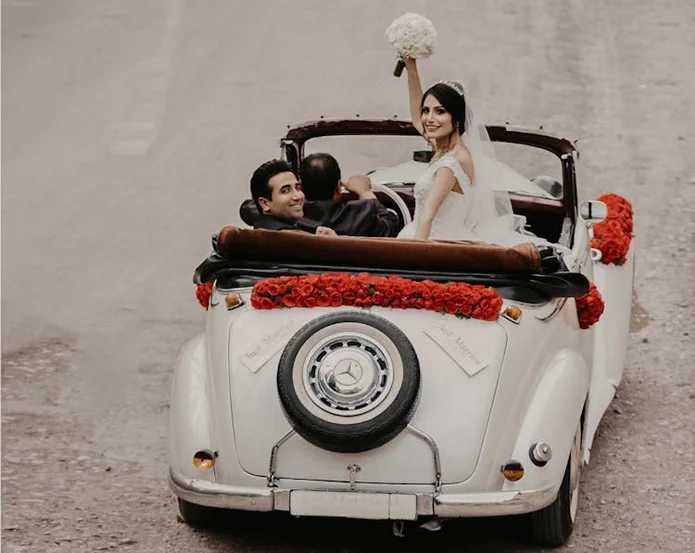
The tradition of brides changing into special “going away” outfits—often tailored suits or dresses appropriate for travel—marked the transition from bride to wife as the couple prepared to depart the reception. These practical yet stylish ensembles, frequently accessorized with jaunty hats or gloves, represented the bride’s first appearance in her married identity. The wardrobe change typically took place with assistance from the maid of honor while guests prepared to send off the couple with good wishes and playful pranks.
Meanwhile, friends of the groom would transform the couple’s departure vehicle with shaving cream messages, tin cans tied to the bumper, and occasionally more elaborate pranks that announced to everyone encountering the car that its occupants were newlyweds. The decorated car created a joyful public spectacle that extended wedding celebrations beyond the reception venue and into the community, where strangers would honk and wave at the obviously just-married couple. Many couples preserved these going-away outfits for decades, encapsulating memories of the moment they drove away from their families to begin life together.
While today’s weddings offer unlimited personalization options and fewer rigid traditions, there’s something sweetly nostalgic about the predictable rhythms of weddings past. The very limitations that defined these celebrations—modest venues, practical considerations, and community involvement—created shared experiences that connected generations. Perhaps in our rush to make weddings unique and Instagram-worthy, we’ve lost some of the comforting traditions that reminded us marriage is less about a perfect day and more about joining a timeless institution that connects us to those who came before.


